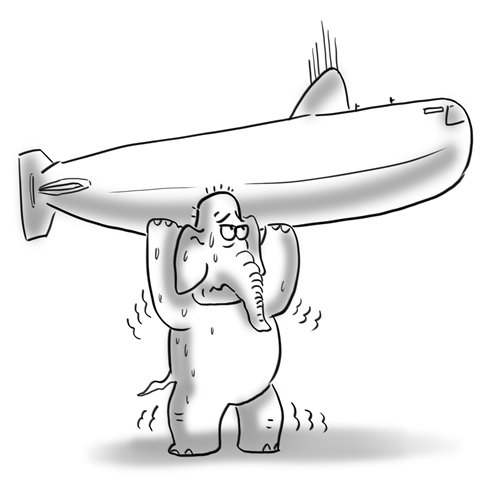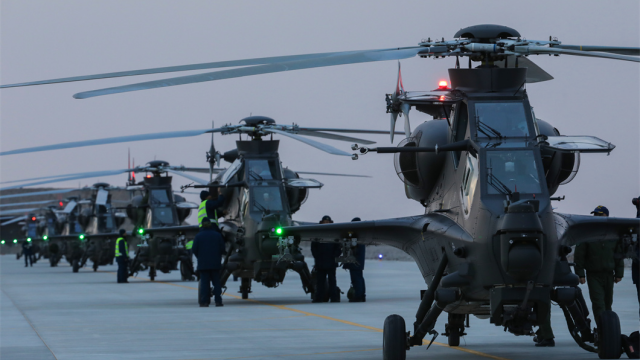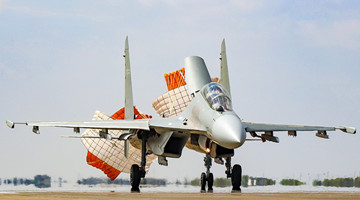
By Li Jie
Celebrations and parades in New Delhi marked India's 69th Republic Day late last month. The occasion marks the day the Constitution of India came into force and proclaimed it as a republic. It is one of India's three national holidays and has become a showcase of the country's military might and cultural diversity.
However, INS Arihant, India's only operational indigenous nuclear power- propelled ballistic missile submarine and a symbol of its military's technological capability, has not been seen in public for quite a long time. This has triggered speculation.
INS Arihant passed all trials in February 2016 and was commissioned into service in August in the same year, making India the sixth country in the world to put a nuclear-armed submarine into operation. That was considered a milestone in the history of Indian Navy's development.
However, it was recently disclosed that the vessel had suffered a mishap after less than two years and not sailed for more than 10 months.
According to the Hindu, INS Arihant's propulsion compartment was damaged after water rushed in when a hatch on the rear side was left open by mistake. Since the accident, the submarine has been undergoing repairs and clean-up. Besides other repair work, many pipes had to be cut open and replaced. "Cleaning-up" of a nuclear submarine is a laborious task that requires a lot of effort, money and time.
The Indian submarine was built at a cost of $2.9 billion. Why did such a silly human error occur so as to damage it? The direct causes seem to be inadequate management, indiscipline and slackness among officers and soldiers of the Indian Navy.
As a national strategic weapon, the nuclear submarine requires careful maintenance, strict management and operation. However, the sailors on the vessel failed to take good care of it.
India has long dreamed of becoming a military power. It hopes to acquire more core defense technologies as soon as possible. However, most of India's weapons are purchased from major military powers including Russia, France, the UK and the US. The sources of India's weaponry and equipment are complicated.
Norms and technical standards that various countries follow to make weapons are different. Coupled with the fact that India is also developing indigenous weapons, it's fair to say that the country's arsenal is a hodgepodge.
In the meantime, Indian soldiers who are not well-educated lack necessary knowledge to operate imported advanced weaponry. What they can depend on is just outdated experience and knowledge. This may be how accidents on INS Arihant happened.
Improvement in military technology does not come about overnight. It is a long process that is not solely a military issue, but also related to a country's comprehensive strength, level of technology, manufacturing capability and quality of personnel. But the Indian military has been over-anxious for quick results in recent years and has paid too much attention to dealing with China. This will inevitably lead to adverse consequences.
The author is a Beijing-based naval expert.









